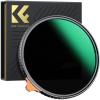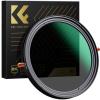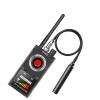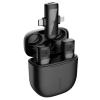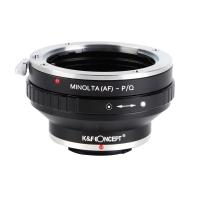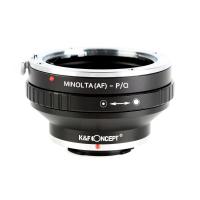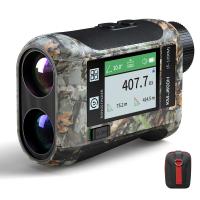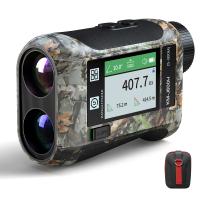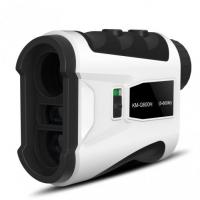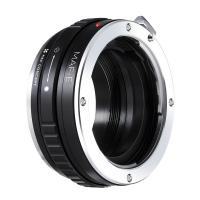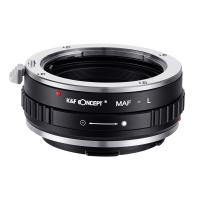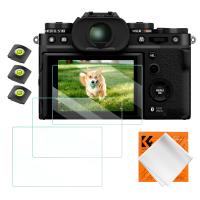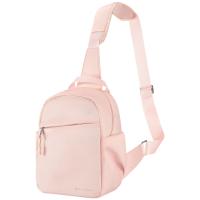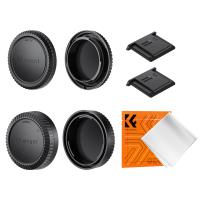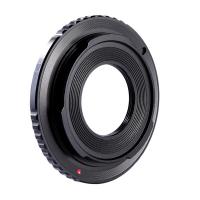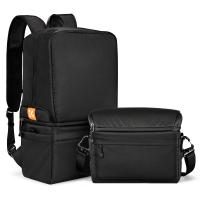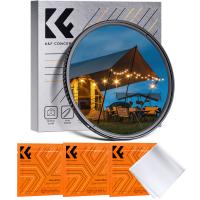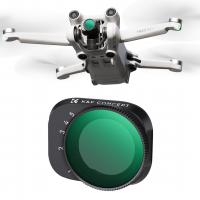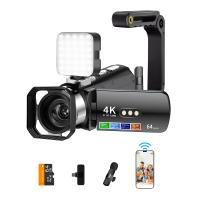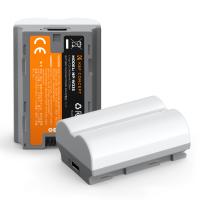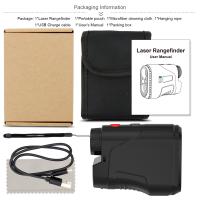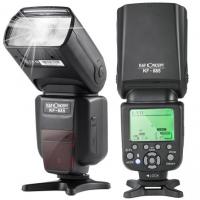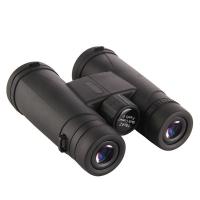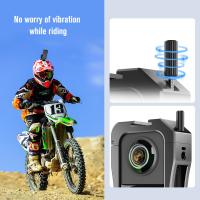How To Use A Rangefinder Camera?
Rangefinder cameras, with their unique focusing mechanism and compact design, have long been favored by photographers for their precision and portability. Whether you're a seasoned photographer or a beginner, understanding how to use a rangefinder camera can significantly enhance your photography skills. This article will guide you through the essential steps and tips for effectively using a rangefinder camera, ensuring you capture stunning images with confidence.
Understanding the Basics of a Rangefinder Camera
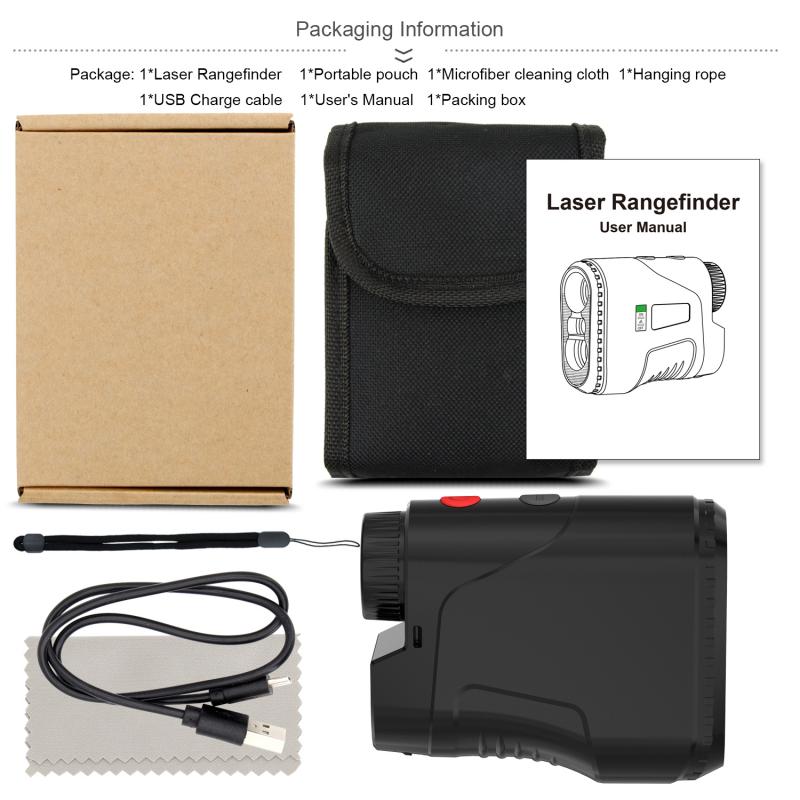
Before diving into the practical steps, it's crucial to understand what sets rangefinder cameras apart from other types of cameras. Unlike single-lens reflex (SLR) cameras, rangefinders use a separate optical viewfinder for framing and focusing. This viewfinder system allows for a more compact design and often results in quieter operation, making rangefinders ideal for street photography and candid shots.
Step-by-Step Guide to Using a Rangefinder Camera

1. Familiarize Yourself with the Camera
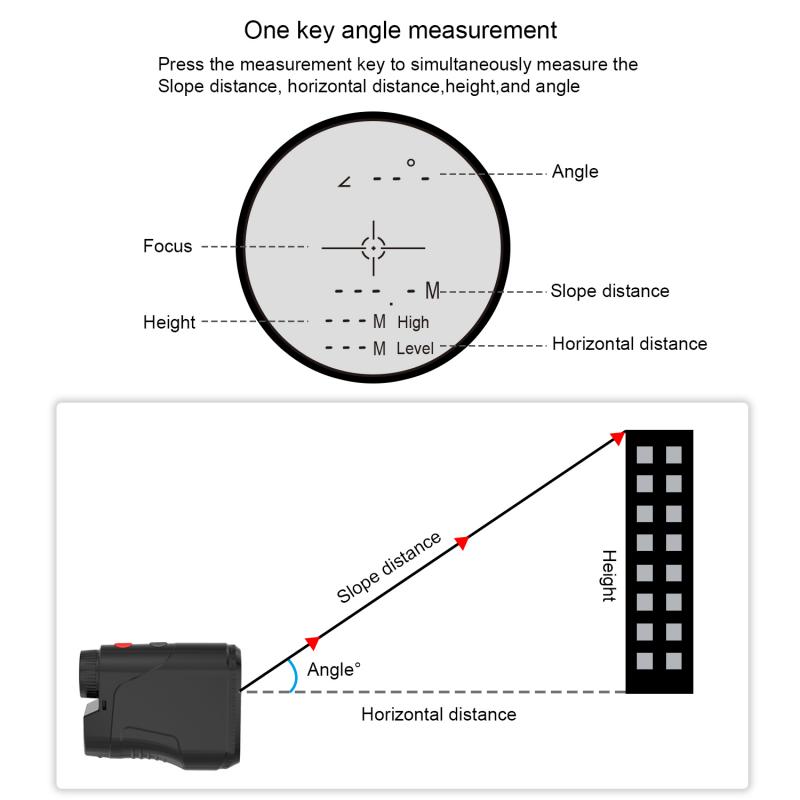
The first step in using a rangefinder camera is to get to know its components and controls. Key parts to identify include:
- Viewfinder: The window through which you compose your shot.
- Rangefinder Patch: A small, often bright area in the center of the viewfinder used for focusing.
- Lens: The optical component that captures the image.
- Focus Ring: The ring on the lens used to adjust focus.
- Aperture Ring: The ring on the lens used to adjust the aperture.
- Shutter Speed Dial: The dial used to set the shutter speed.
Spend some time handling the camera, adjusting the focus and aperture rings, and getting comfortable with the viewfinder.
2. Loading the Film
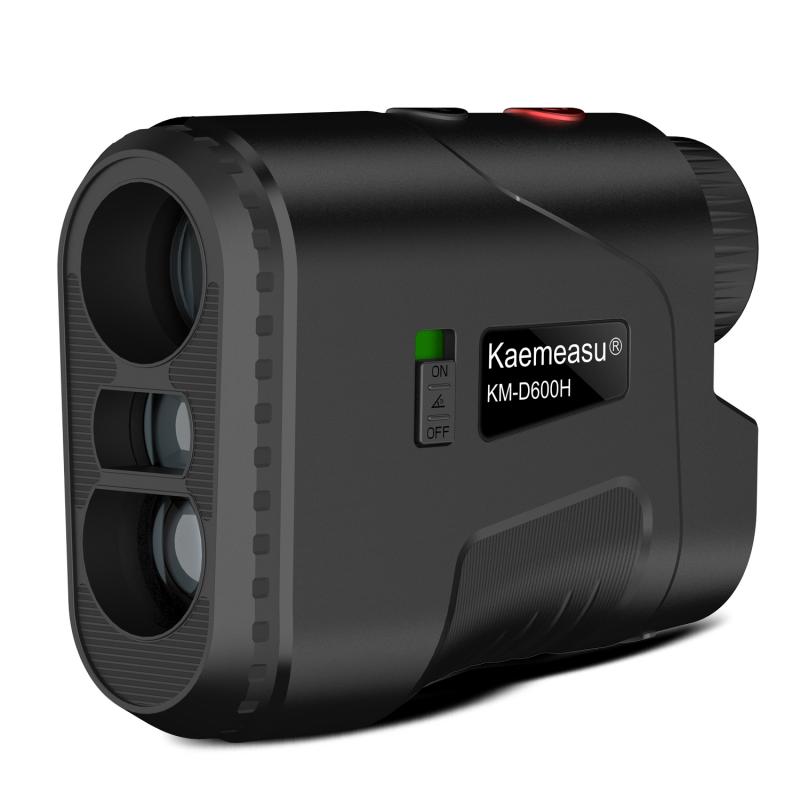
If you're using a film rangefinder camera, the next step is to load the film. Open the back of the camera, insert the film canister, and pull the film leader across to the take-up spool. Ensure the film is properly aligned with the sprockets and advance the film a couple of frames to secure it. Close the back of the camera and advance the film until the frame counter indicates you're on the first frame.
3. Setting the Exposure
Proper exposure is crucial for capturing well-lit images. Rangefinder cameras typically allow you to manually set the aperture and shutter speed. Here's how to do it:
- Aperture: The aperture controls the amount of light entering the lens and affects the depth of field. A lower f-number (e.g., f/2.8) means a larger aperture, allowing more light and creating a shallow depth of field. A higher f-number (e.g., f/16) means a smaller aperture, allowing less light and creating a deeper depth of field.
- Shutter Speed: The shutter speed controls the duration the film or sensor is exposed to light. Faster shutter speeds (e.g., 1/1000s) freeze motion, while slower shutter speeds (e.g., 1/30s) can create motion blur.
Use a light meter, either built-in or handheld, to determine the correct exposure settings for your scene. Adjust the aperture and shutter speed accordingly.
4. Focusing the Image
Focusing with a rangefinder camera involves aligning the rangefinder patch with the subject. Here's how to do it:
- Look through the viewfinder and locate the rangefinder patch in the center.
- Turn the focus ring on the lens until the double image in the rangefinder patch aligns into a single, sharp image.
- Once the images are aligned, your subject is in focus.
This method of focusing is highly accurate and allows for precise control, especially in low-light conditions.
5. Composing the Shot
With the subject in focus, it's time to compose your shot. Use the viewfinder to frame your image, keeping in mind the parallax effect, which is the difference between the viewfinder's perspective and the lens's perspective. This effect is more pronounced at close distances, so you may need to adjust your composition slightly to account for it.
6. Taking the Picture
Once you're satisfied with the composition and focus, it's time to take the picture. Press the shutter release button gently to avoid camera shake. If your rangefinder camera has a manual film advance, you'll need to advance the film to the next frame before taking another shot.
Tips for Mastering Rangefinder Photography
Practice Focusing
Focusing with a rangefinder can take some getting used to, especially if you're accustomed to autofocus systems. Practice focusing on various subjects at different distances to build your confidence and speed.
Understand Parallax
As mentioned earlier, the parallax effect can impact your composition, particularly at close distances. Familiarize yourself with how your camera's viewfinder aligns with the lens to minimize framing errors.
Use Zone Focusing
Zone focusing is a technique where you pre-focus the lens to a specific distance and use a small aperture to ensure a wide depth of field. This method is particularly useful for street photography, where quick reaction times are essential.
Keep Your Camera Steady
Rangefinder cameras are often lighter and more compact than SLRs, which can make them more prone to camera shake. Use a steady hand or a tripod to ensure sharp images, especially in low-light conditions.
Experiment with Different Films
If you're using a film rangefinder, experiment with different film stocks to achieve various looks and effects. Each film type has its own characteristics in terms of color, contrast, and grain.
Using a rangefinder camera can be a rewarding experience, offering a unique approach to photography that emphasizes precision and manual control. By familiarizing yourself with the camera's components, mastering the focusing mechanism, and understanding exposure settings, you can capture stunning images with confidence. Whether you're shooting on film or using a digital rangefinder, the skills you develop will enhance your overall photography practice. So, grab your rangefinder camera, load some film, and start exploring the world through its distinctive viewfinder. Happy shooting!

